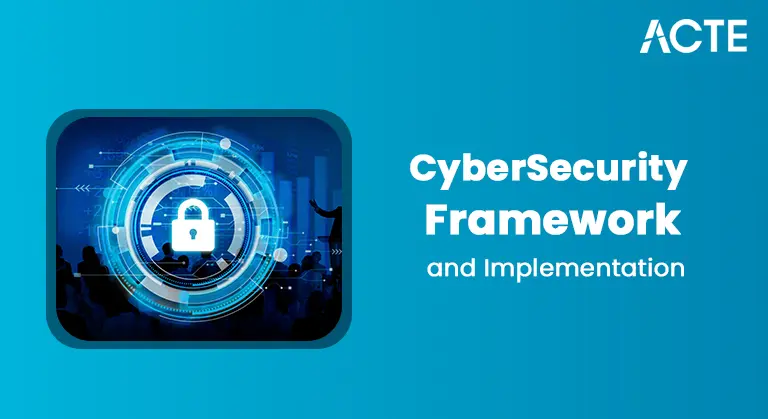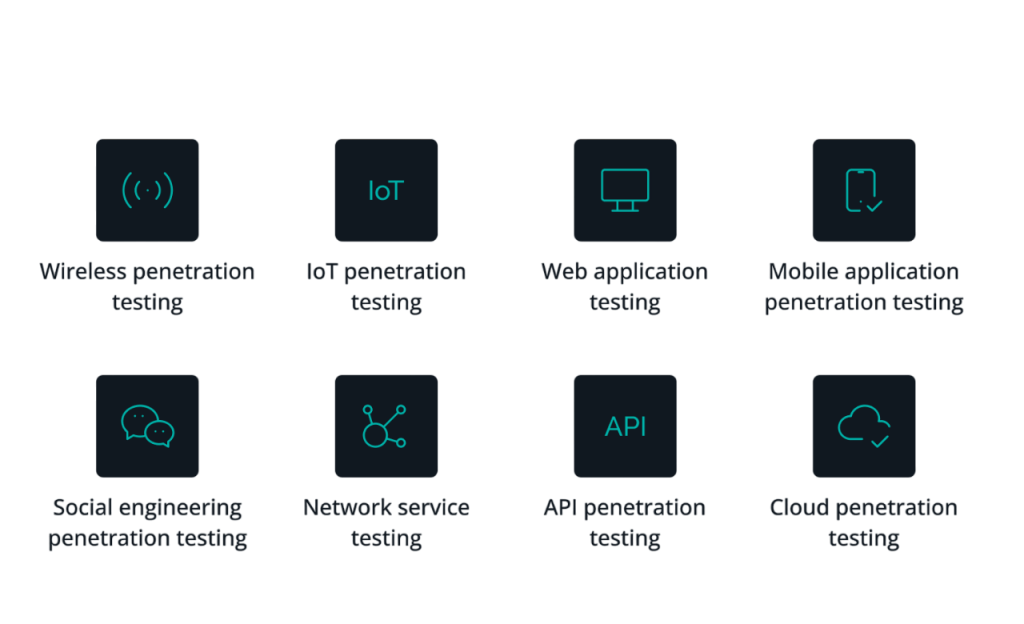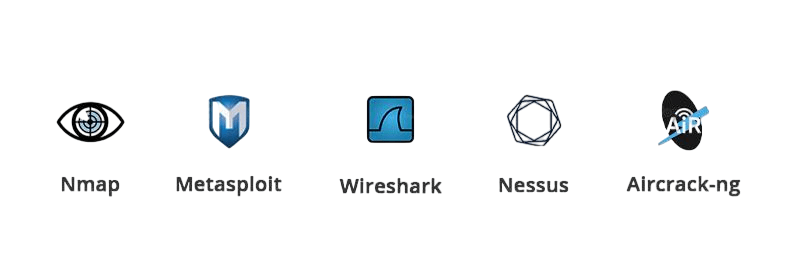
- Introduction to Penetration Testing
- Purpose and Importance
- Types of Penetration Testing
- Stages of a Penetration Test
- Tools Used in Network Pen Testing
- Reporting and Documentation
- Legal and Ethical Considerations
- Differences Between Vulnerability Scanning and Penetration Testing
- Challenges in Penetration Testing
- Certifications for Penetration Testers
- Role of Data Independence in Database Design
- Best Practices for Effective Testing
Introduction to Penetration Testing
Penetration testing is a key component of a comprehensive cybersecurity strategy. It involves mimicking real-world attacks in a controlled environment to assess the security posture of a system, network, or application. While many companies focus on antivirus software , stakeholder , cloud environments and firewalls, pen testing goes a step further by revealing hidden Vulnerability Scanning and Penetration Testing that could bypass traditional defenses. The objective is not only to find weak points but also to assess the impact and likelihood of actual exploitation.Stages of a Penetration Test, commonly referred to as “pen testing,” is a simulated cyberattack against a computer network to evaluate its security. The purpose is to identify vulnerabilities that malicious actors could exploit. Ethical hackers or penetration testers attempt to breach the network using the same techniques as real attackers. This proactive approach is essential in uncovering flaws in network design, configuration, or implementation, thereby allowing organizations to strengthen their defenses.
Purpose and Importance
The main purpose of network penetration testing is to assess and improve the security of IT infrastructure. Organizations use it to protect sensitive data, comply with regulations (such as GDPR, HIPAA, or PCI-DSS), and avoid financial or reputational damage from breaches. Stages of a Penetration Test .Penetration testing helps determine whether security controls are effective and identifies gaps that need remediation. Regular testing also enhances an organization’s readiness against emerging threats and supports a culture of continuous improvement in cybersecurity practices.
Are You Interested in Learning More About Software Testing? Sign Up For Our Software Testing Certification Training Today!
Types of Penetration Testing
There are several types of penetration testing depending on the target environment and testing goals:

- Network Penetration Testing: Focuses on identifying vulnerabilities in wired and wireless networks.
- Web Application Testing: Targets vulnerabilities in web-based applications.
- Social Engineering Tests: Evaluates how susceptible employees are to manipulation or phishing.
- Physical Penetration Testing: Tests the physical security of buildings and access controls.
- Cloud Penetration Testing: Examines the security of cloud environments and services.
- Mobile Application Testing: Focuses on vulnerabilities in mobile apps and platforms.
Stages of a Penetration Test
A typical penetration test follows a structured methodology comprising several stages:
- Planning and Reconnaissance: Define the scope, goals, and rules of engagement. Perform passive information gathering.
- Scanning and Enumeration: Identify live hosts, open ports, and services. Use tools like Nmap to map the network.
- Gaining Access: Exploit vulnerabilities to gain unauthorized access to systems or data.
- Maintaining Access: Attempt to establish a persistent presence to assess potential long-term risk.
- Analysis and Reporting: Document findings, evaluate the impact, and provide remediation advice.
- Remediation and Retesting: Collaborate with the organization to fix issues and perform a follow-up test to validate improvements.
Tools Used in Network Pen Testing
Several tools assist penetration testers in different phases of testing. Common tools include:

- Nmap: Network scanning and host discovery
- Metasploit: Exploitation framework with pre-built exploits
- Wireshark: Network traffic analysis
- Burp Suite: Web vulnerability testing
- Nessus: Vulnerability scanning
- Aircrack-ng: Wireless network testing
- Hydra: Brute-force password cracking
- Executive summary for management
- Detailed technical findings for IT teams
- Risk ratings and business impact analysisReporting and Documentation
- Recommended remediation steps
- Screenshots and evidence of exploitation
- Vulnerability Scanning: Automated, broad in scope, identifies known flaws
- Penetration Testing: Manual and targeted, simulates real attacks to exploit vulnerabilities
- CEH (Certified Ethical Hacker)
- OSCP (Offensive Security Certified Professional)
- CompTIA PenTest+
- CPT (Certified Penetration Tester)
- GPEN (GIAC Penetration Tester)
- Define clear objectives and scope
- Choose qualified and certified testers
- Conduct testing regularly
- Document and prioritize remediation
- Integrate pen testing into the overall security strategy
To Explore Software Testing in Depth, Check Out Our Comprehensive Software Testing Training Course To Gain Insights From Our Experts!
Reporting and Documentation
One of the most valuable outcomes of a penetration test is the final report. It includes:
The report acts as both a guide and a benchmark for future improvements. Clear documentation ensures accountability and helps in audit processes.
Differences Between Vulnerability Scanning and Pen Testing
While both vulnerability scanning and penetration testing aim to identify weaknesses, they differ in approach and depth:
Pen testing provides a deeper understanding of the risk landscape and is typically more accurate in prioritizing threats.
Challenges in Penetration Testing
Despite being crucial for finding weaknesses in systems, penetration testing has a number of drawbacks. One significant problem is scope specification, where ambiguous or excessively expansive testing parameters may result in overlooked vulnerabilities or legal issues. The depth of testing is frequently restricted by time and budget limitations, which keep testers from fully examining every attack vector. New complications brought up by developing technologies like cloud environments, IoT, and mobile platforms also need specific expertise. Furthermore, Stages of a Penetration Test inaccurate estimates that either overestimate or underestimate risk might result from false positives and negatives. If stakeholder coordination is not handled appropriately, it can disrupt operations, particularly during live testing. Last but not least, Vulnerability Scanning and Penetration Testing is both technically and resource-intensive since it necessitates constant learning and adaptation to stay up with evolving threats and technologies.
Certifications for Penetration Testers
To become a professional in this field, certifications are highly recommended:
These certifications validate expertise, enhance credibility, and often serve as prerequisites for job roles.
Best Practices for Effective Testing
To ensure successful penetration testing, organizations should:
Educate stakeholders about findings and necessary actionsBest Practices for Effective Testing
Want to Pursue a Software Testing Master’s Degree? Enroll For Software Testing Master Program Course Today!
Conclusion
Network Penetration Testing is a vital part of modern cybersecurity defense. It helps uncover hidden vulnerabilities, assess the effectiveness of security controls, and fortify systems against real-world attacks. With the increasing complexity of networks and threats,stakeholder , cloud environments Stages of a Penetration Test regular and well-executed pen testing has become indispensable. Organizations that embrace penetration testing as a proactive security measure gain a stronger foothold in safeguarding their digital assets and maintaining stakeholder trust.network penetration testing is a vital practice for identifying and addressing security Vulnerability Scanning and Penetration Testing before they can be exploited by malicious actors. It helps organizations assess the effectiveness of their security measures, uncover potential weaknesses, and ensure compliance with industry standards. By simulating real-world attacks, penetration testing provides valuable insights that strengthen an organization’s overall security posture. When conducted regularly and responsibly, it becomes a proactive defense strategy, reducing the risk of breaches and enhancing the resilience of network infrastructure.

